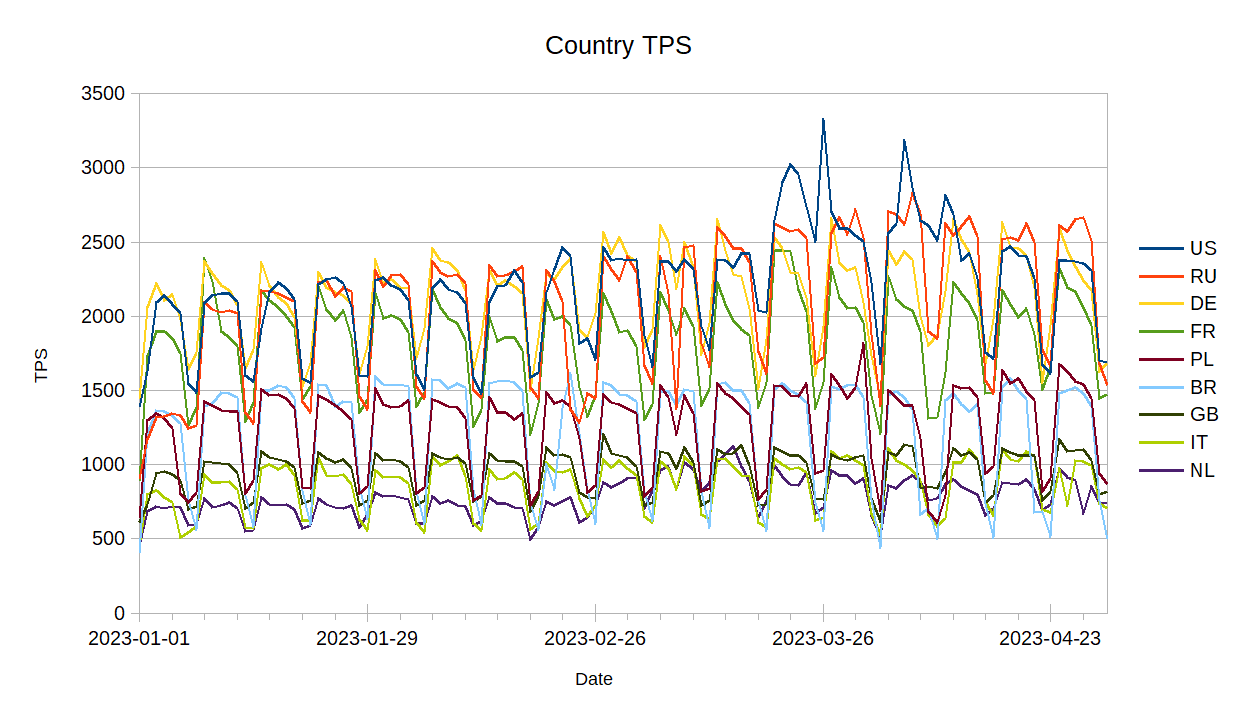For the last 10 days I’ve been travelling in Europe to go to OSM events. I have some spare time before my flights to get home to Vancouver, so I’m posting a brief overview of the events and what got done.
My first event was the Karlsruhe hack weekend. This event is held twice a year and attracts lots of German and Swiss OSM developers. I started out by discovering that the jet lag is worse as I get older and I missed the pre-event social.
At the event itself I focused on the Shortbread Vector Tiles specification and osm2pgsql. In total three people from the Shortbread steering committee were at the event. The main Shortbread coding that’s been completed was a cleanup of the tables in the 1.0 spec. I think this is the last change we’ll see to 1.0 and all my Shortbread focus is now on 1.1.
I haven’t yet published the changes but support for multiple languages in the OSMF shortbread vector tiles is basically done. I just need to clean up some changes and add them to the WIP commit. Initially the language list is only en and de, but it’s ready to be added to.
I met with the two other maintainers of osm2pgsql and we discussed what’s necessary to tag releases of osm2pgsql-themepark. I think we’ve got a route forward there.
I spent the Monday after the hack weekend around town. The next morning I started for Nottingham via the Eurostar train. While I was in Nottingham I visited relatives and didn’t do anything OSM-related.
On the trip north to Dundee I got a cheap seat upgrade on the train to Edinburgh. This gave me three hours of focused time to work on my SOTM EU presentations.

